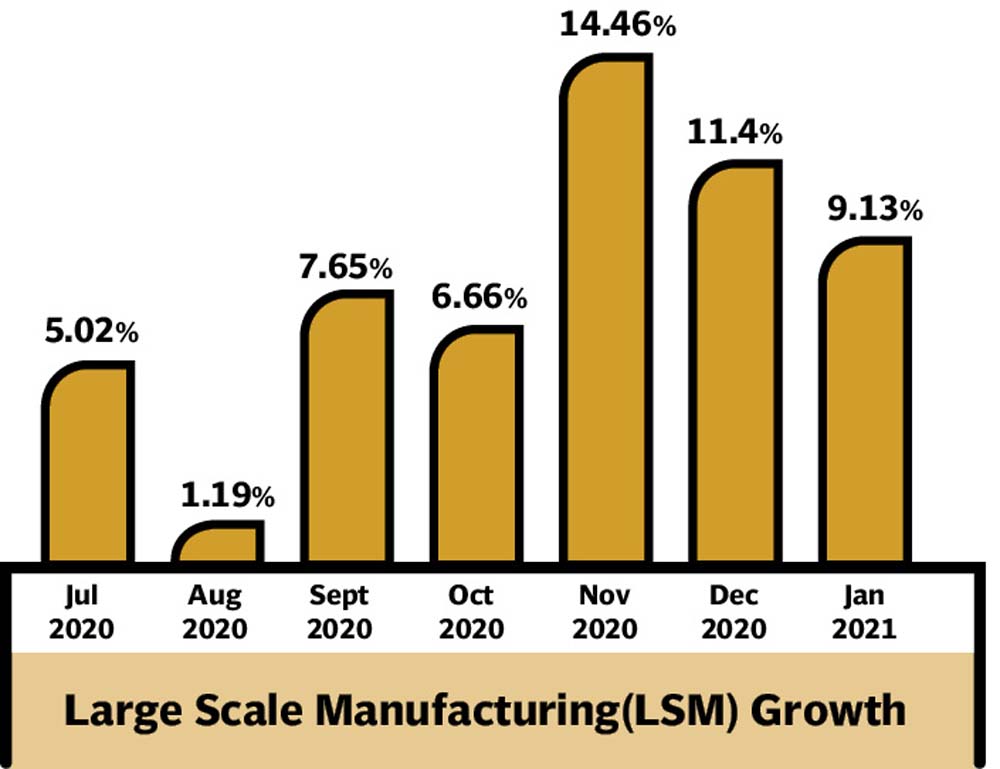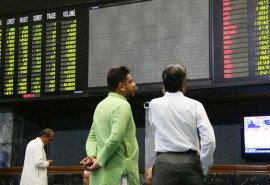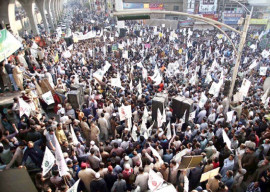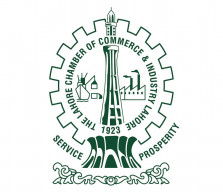
The large-scale manufacturing sector grew 7.9% in the first seven months of current fiscal year, offsetting some of the losses in the agriculture sector besides increasing prospects of overall economic growth of more than 2.5% this year.
It was the fifth successive month when the LSM sector recorded a positive growth and the cumulative growth stood at 7.9% in the July-January period of current fiscal year, the Pakistan Bureau of Statistics (PBS) reported on Tuesday. On a year-on-year basis, the LSM sector grew 9.1% in January 2021, stated the national data collecting agency.
Out of 15 major sectors, eight recorded positive growth while the output in seven sectors, being monitored by the federal and provincial governments, contracted in the first seven months of current fiscal year.
The government had expected contraction of 2.5% in the LSM sector for the current fiscal year, according to the Annual Plan 2020-21, which may now turn positive at the end of the year.
The State Bank of Pakistan (SBP) has revised upwards the annual gross domestic product (GDP) growth projection, showed minutes of the last Monetary Policy Committee (MPC) meeting held in January. The minutes were released ahead of the next committee meeting scheduled for Friday.
The real GDP growth projection for fiscal year 2020-21 was revised upwards from earlier forecast of 2.1%, according to minutes of the MPC meeting. It added that the supportive factors behind the revision included sustained uptrend in general economic indicators, encouraging rebound in exports and remittances and a consistent improvement in business sentiment.
Earlier, the SBP had projected that the GDP growth would be in the range of 1.5% to 2.5%. The Ministry of Finance still sees growth in the range of 2.6% to 2.8% against the target of 2.1% due to a better-than-expected output in the industrial sector.
However, the MPC’s claim that exports have rebounded is contrary to the near 4% contraction, as shown by the SBP’s balance of payments data.

The central bank has revised downward the agriculture sector growth projection due to a record decline in cotton production. But growth projection for the industry has been revised upwards mainly because of increase in LSM growth. The projection for services has been kept unchanged by the central bank.
The central bank was of the view that the second wave of Covid-19 did not significantly affect economic activity. Some sectors recorded very strong sales and employment in large industries recovered.
Despite a strong recovery in the past few months, the production volume of key sectors like automobile and steel has yet to reach the levels recorded in FY19, suggesting that the economy has not fully recovered from the Covid-induced contraction, according to the MPC minutes.
The MPC was informed that the economy was still operating well below its potential and GDP projections were subject to high uncertainty due to various downside risks like fiscal tightening, slower-than-expected domestic rollout of Covid-19 vaccines and new strains of the virus. It added that a surge in prices of construction material such as cement and steel and supply disruptions because of container shortage at ports could also pose downside risks to the economic growth.
PBS data showed that the petroleum sector posted a nominal growth of 0.3% in the first seven months of current fiscal year. Provincial bureaus also reported a nominal growth of 1.1% in 11 sectors that they monitored.
The Ministry of Industries, which followed the output of about 15 sectors, reported a 6.5% growth during the July-January period of FY21.
Sectors that posted growth during the seven-month period included textile, which grew 2.6% and non-metallic minerals, which saw an expansion of 22.3%.
The fertiliser sector grew 6.7% whereas the food, beverages and tobacco group output increased 19.1% in the seven-month period. The manufacturing of chemical products increased over 9%, automobiles 13%, pharmaceuticals 12.3% and coke and petroleum 4.6%.
The sectors which registered a decline in output were iron and steel whose production fell 1%, electronics 25%, leather products 42%, engineering products 30.5% and wood products 56% during the July-January period. The production of paper and board and rubber products also decreased in the first seven months of FY21.
Published in The Express Tribune, March 17th, 2021.
Like Business on Facebook, follow @TribuneBiz on Twitter to stay informed and join in the conversation.



1672385156-0/Andrew-Tate-(1)1672385156-0-165x106.webp)
















COMMENTS
Comments are moderated and generally will be posted if they are on-topic and not abusive.
For more information, please see our Comments FAQ